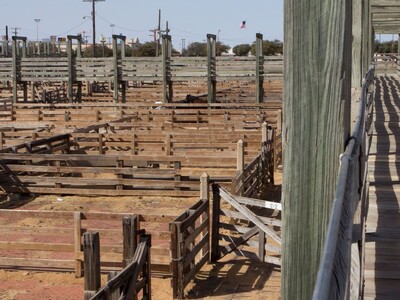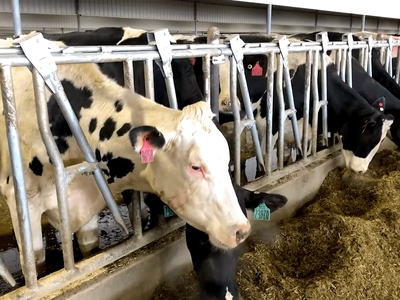Ingenious Kite
Oregon BEST is helping a startup team with OSU researchers to speed development of a tethered kite system that harvests wind energy without turbine towers An Oregon startup is developing a rigid kite that can be deployed to harvest energy from the more consistent, higher velocity winds available at altitudes unreachable by small wind turbines. Armed with a Small Business Innovation Research (SBIR) grant from the U.S. Dept. of Agriculture and additional funding and business assistance from Oregon BEST, Beaverton, Ore.-based eWind Solutions is developing a tethered kite system the company says will be able to power up to five homes for a quarter of the cost of other small wind turbine systems. Small wind is defined as wind turbines with a capacity rating of less than 100 kW.
The technology includes a rigid kite tethered to a capstan drum on the ground that is connected to a generator. As the wind pulls the kite higher into the sky, the drum spins and generates electrical power. When the kite reaches the maximum operational range, it glides back in as the ground station rewinds the tether and the cycle repeats. As wind speeds increase, so does the electrical power generated.
"Our system is four times more efficient than other small wind turbine systems because it operates at altitudes that are above surface turbulence where the wind is more consistent," said David Schaefer, CEO of eWind Solutions and a former director of engineering at Xerox. "From a single kite system, we will be able to produce about 45,000-50,000 kilowatt hours per year, which can power four or five homes, or one large farm. Our device generates energy equal to a traditional 50 kW wind turbine, but you don't need to build and maintain towers.”
Most small wind turbine towers are only 30 to 50 feet tall, too low to access the more consistent, faster winds found at higher altitudes. The eWind kite is designed to fly just below 500 feet, which alleviates Federal Aviation Administration regulations for devices that exceed that altitude. The company, located at the Oregon Technology Business Center, is initially targeting farmers, vineyard owners and other rural residents, because a single kite requires approximately 40 acres to operate. But the efficiency increases with acreage, allowing as many as five kites to be deployed above 80 acres. The kite might have the hidden benefit of keeping crop-damaging animals away because it could be perceived as a bird of prey, the company said. Although other companies are working in the small wind category, other technologies use UAVs weighing as much as 600 pounds or heavy tethers containing wire to transmit the electricity generated back to the ground.














